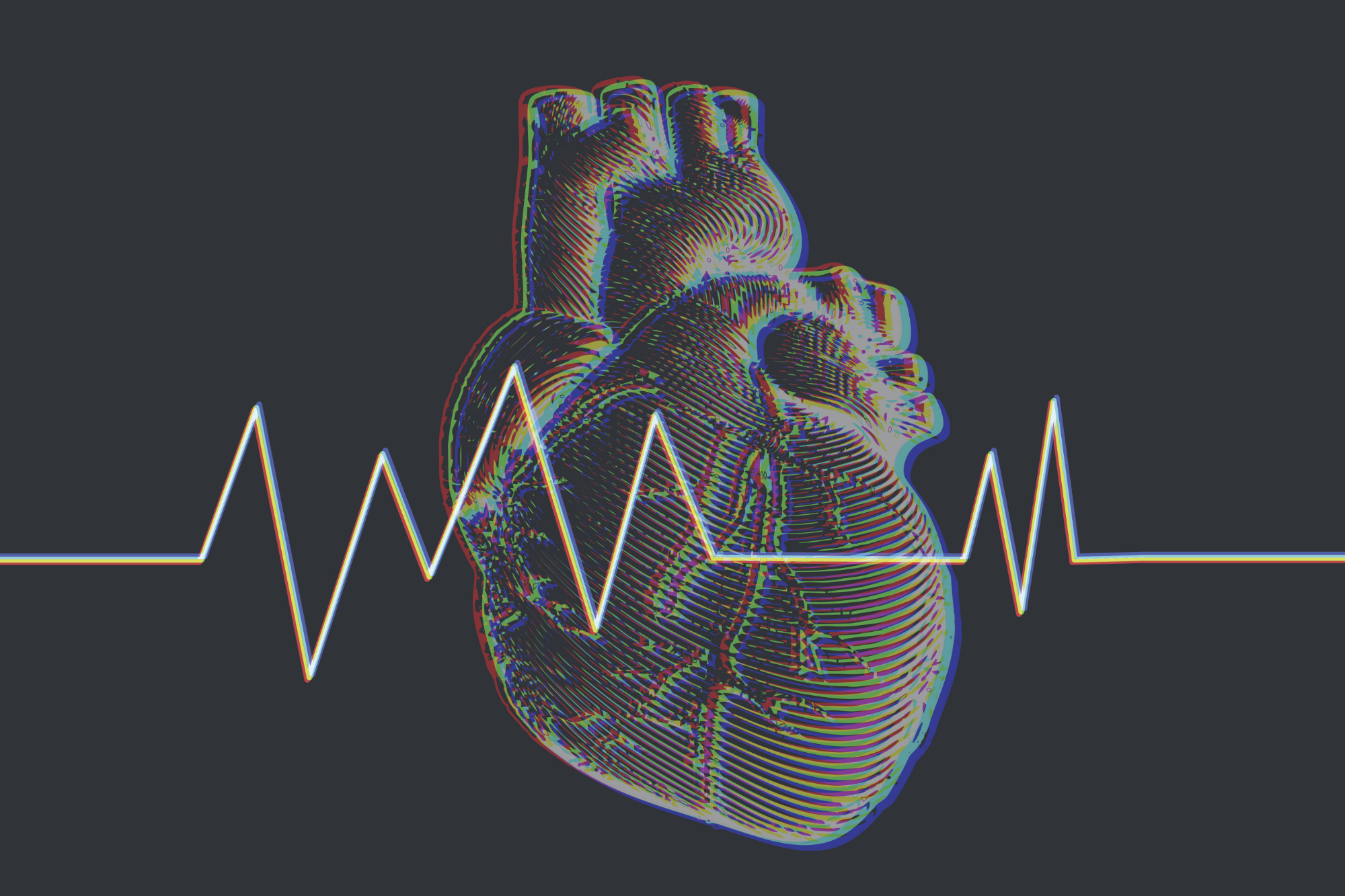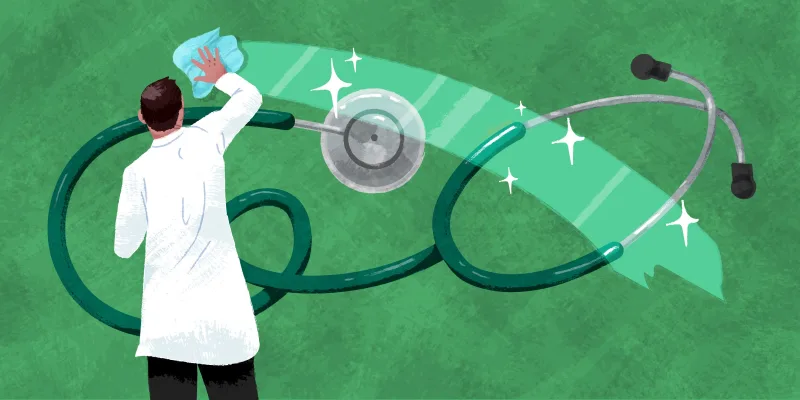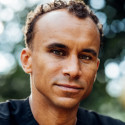
The Society for Cardiovascular Angiography and Interventions (SCAI) Annual Scientific Sessions 2019 held in late May showcased the release of the first comprehensive definition document on cardiogenic shock. The writing committee was comprised of physicians and health care professionals representing various subspecialties within cardiovascular, critical care, and emergency medicine. It was led by Srihari S. Naidu, MD, FACC, FAHA, FSCAI, a professor of medicine at New York Medical College and a director of the Cardiac Catheterization Laboratories at Westchester Medical Center in Valhalla, NY.
I had an opportunity to speak with him to capture the behind-the-scenes actions into creating a document that has pioneered the first unifying definition of a disease entity that has a wide clinical spectrum and carries an abysmal prognosis. Despite significant advancements in the fields of interventional and critical care cardiology, mortality (and morbidity) following cardiogenic shock remains at a staggering 50% — making cardiogenic shock care an area of dire unmet clinical need. It is crucial to develop a systematic approach and verbiage toward diagnosing or labelling cardiogenic shock that is uniform across the spectrum of myriad sub-specialists who take care of these patients — from emergency medicine physicians, hospitalists, and critical care physicians to cardiologists, interventional cardiologists, cardiac surgeons, and the critical care nursing (intensive care unit) staff.
“Nothing has really worked in shock; anecdotal experiences work, trials fail,” Naidu said in an interview. A passionate, driven, and focused interventionalist, Naidu has been on the American Heart Association/American College of Cardiology (AHA/ACC) guideline-writing committee for the former and co-chairs SCAI SHOCK, a comprehensive course on cardiogenic shock held in Boston annually, for the latter. He took it upon himself to propose the assembling of a multi-disciplinary team of physicians, surgeons, and advanced practice providers for development of the most inclusive, universal, and clinically-applicable definition of cardiogenic shock.
Naidu turned to his friend, David Baran, the system director of heart failure, transplant and mechanical circulatory support at Sentara Heart Hospital in Norfolk, VA, to help create the proposal and serve as the vice chair. Other participants for developing the document were proposed to the Publications Committee of SCAI, and approved in early 2018.
“We wanted to assemble a team of pre-eminent individuals in their fields who [will] have enough expertise and clout to promote the document widely [in their respective fields],” Naidu said.
What is also amazing about this document is that this feat (i.e. developing the document) was accomplished in the span of one year.
“We tried our best to move really fast, have goal-directed and time-limited weekly phone calls, divide the work amongst participants, spend focused time gathering data, and then deliberate on clinical, biochemical, and hemodynamic aspects of [cardiogenic] shock, based on the data,” Naidu commented when asked about how he orchestrated having the document developed in record time for it to be presented at a national forum, published simultaneously in peer-reviewed scientific journals, and disseminated within a year of its inception.
“In addition to the weekly phone calls, we also arranged for face-to-face meetings at various national annual scientific sessions — the team got a lot accomplished during those face-to-face, focused, boardroom sessions," Naidu said.
He says that now that we have a universal definition with well-articulated stages of cardiogenic shock that are easily applicable at the bedside, the next steps will be to (a) retrospectively evaluate databases and registries to see percentages of patients that fall into various stages upon presentation or hospital admission, (b) correlate stages with morbidity and mortality, and (c) design clinical trials prospectively, keeping the new definition of various stages as a central tenet during patient enrollment.
The result has been a staggering Altmetric score nearing 300 within one month of release, indicating broad and rapid dissemination and uptake by the global cardiovascular community.
Without a doubt, this has been a major step forward in the field in moving the needle toward better outcomes for the sickest of our patients.
“Anyone can have a great idea,” said Naidu. “We all can identify areas we can make a difference. My advice to others out there is to find your area of passion, find a niche you can contribute to, and just get going.”
Ankur Kalra, MD, FACP, FACC, FSCAI, is an interventional cardiologist at the Cleveland Clinic, and an assistant professor of medicine at the Cleveland Clinic Lerner College of Medicine. He is the founder of the non-profit, makeadent.org and the host of the cardiology podcast show Parallax.







